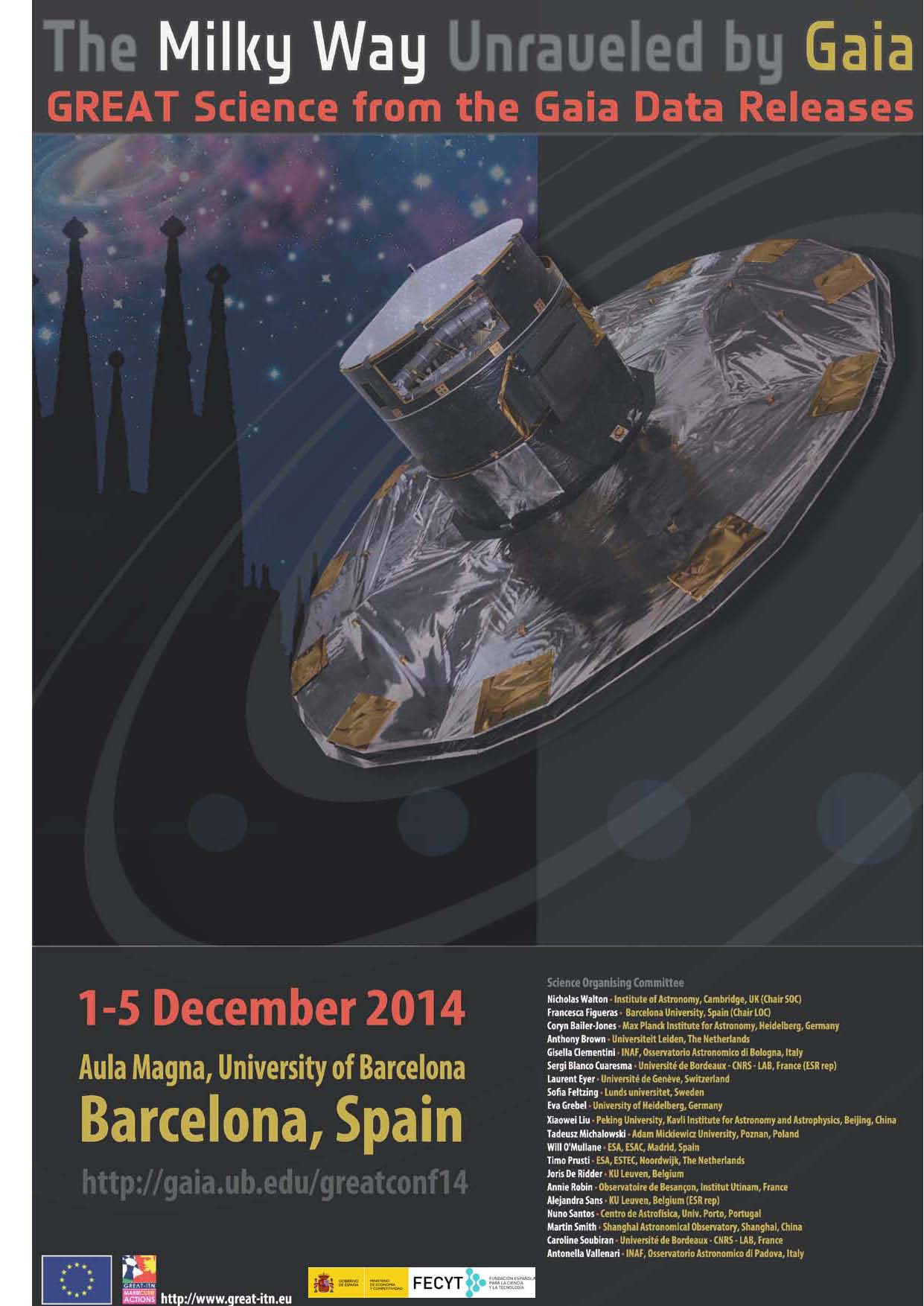The formation of the Milky Way bulge and its X-shaped structure
Juntai Shen & Zhao-Yu Li (SHAO, Shanghai, China)
Bulges are commonly believed to form in the dynamical violence of galaxy collisions and mergers. We model the stellar kinematics of the Bulge Radial Velocity Assay (BRAVA) and find no sign that the Milky Way contains a classical bulge formed by scrambling pre-existing disks of stars in major mergers. Rather, the bulge appears to be a bar seen somewhat end-on, as hinted from its asymmetric boxy shape. We construct a simple but realistic N-body model of the Galaxy that self-consistently develops a bar. The bar immediately buckles and thickens in the vertical direction. As seen from the Sun, the result resembles the boxy bulge of our Galaxy. The model fits the BRAVA stellar kinematic data covering the whole bulge strikingly well with no need for a merger-made classical bulge. Our model also contains an intriguing vertical X-shaped structure that resembles the similar structure reported recently in the Galactic bulge. We explore the 3D structure of the X shape with models of different buckling amplitudes.The existence of the vertical X-shaped structure also suggests that the formation of the Milky Way bulge is shaped mainly by internal disk dynamical instabilities.Topic revision: r2 - 2014-12-04 - LolaBalaguer
Ideas, requests, problems regarding TWiki? Send feedback

